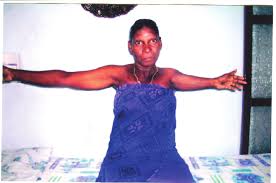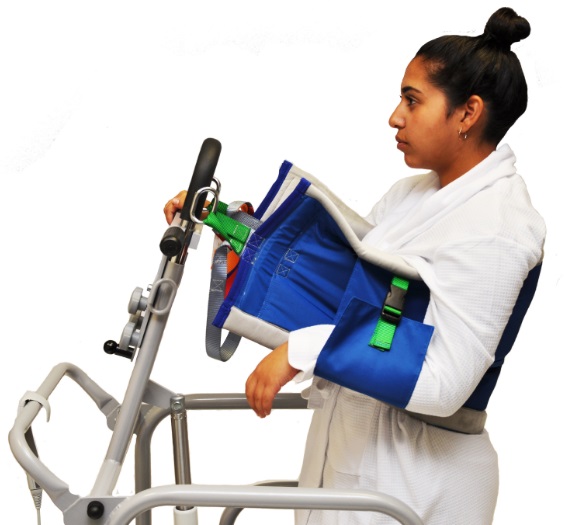CASE VIGNETTE – SEPTEMBER 2019
Complex Injuries in Complex Patients
Let’s consider Wendy. She is a 45 year old Papua New Guinean who was born with phocomelia affecting her left upper limb. The major arm bone, the humerus, was congenitally absent. This is obviously a serious physical disability but she had learnt adaptive procedures that rendered her independent and employable.

She is divorced and cares for her four dependent children. Special ergonomic workplace modifications have allowed her to be gainfully employed in a small electrical engine factory. A sling device is attached to her shortened left upper limb, allowing her to stabilise an object on the work bench. Her right hand dexterity is almost miraculous and she could use all manner of tools to accomplish the tasks required of her.

Unfortunately, she suffered a serious crushing injury to this important right hand. Despite marvellous hand surgery and extensive rehabilitation, she could not return to her former employment. Her congenital deficiency added materially to her eventual outcome.
From a medicolegal perspective, her general damages are the same as a previously normal individual. Her future economic loss however is significantly magnified. Whilst another worker may be able to re-enter the workforce, albeit at a lesser level, Wendy’s future remunerative prospects have been extinguished.

We often discount measurable impairments and disabilities because of pre-existent maladies. In this circumstance, her claim is boosted dramatically.
